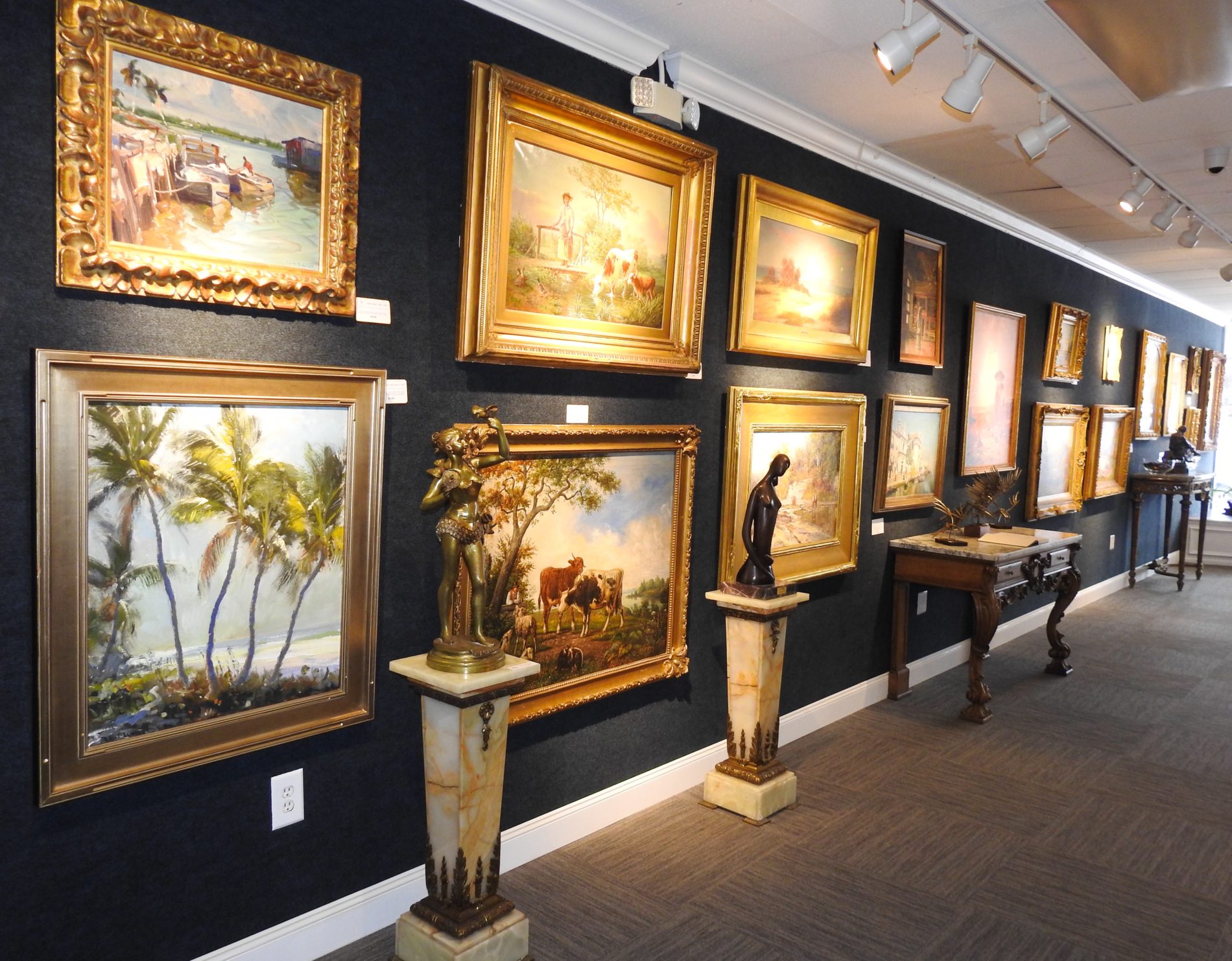Consignment is a great option if you’re an artist looking to sell your artwork. It allows you to showcase your work professionally without paying upfront fees or taking on the responsibility of marketing and selling your pieces. This comprehensive guide will walk you through the ins and outs of art consignments, from finding the right venue to negotiating your commission.
What is consignment?

source: pinterest.com
Consignment is an agreement between an artist and a seller in which the artist agrees to provide artwork to the seller, who then sells the artwork on behalf of the artist. The seller takes a commission on the sale, typically between 30% and 50%, and the artist receives the rest. This arrangement benefits both parties by allowing the artist to showcase their work professionally and the seller to offer their customers a broader range of artwork without investing in inventory upfront.
Finding the right venue:
The first step in consigning your artwork is finding the right venue. Look for art galleries, boutiques, and gift shops in your area that showcase your work. Visit these venues to get a sense of the type of artwork they typically sell, the prices they charge, and the overall aesthetic of the space.
When approaching potential consignment partners, bring a portfolio of your work showcasing your best pieces. This will give the seller an idea of the type of work you create and whether it would fit their venue well. Consider bringing a business card or brochure with your contact and pricing information.
Negotiating commission:

source: pinterest.com
Once you’ve found a venue you want to work with, it’s time to negotiate your commission. The commission percentage can vary depending on the venue and the type of artwork you’re selling, but it typically falls between 30% and 50%.
When negotiating your commission, it’s essential to remember that the seller is taking on some risk by showcasing your work. They’re investing their time and resources into marketing and selling your pieces, so it’s only fair that they receive a commission. However, you should also consider your artwork’s value and ensure that the commission percentage is reasonable based on the prices you’re charging.
Preparing your artwork:
Once you’ve negotiated your commission and agreed to consign your artwork with a seller, it’s time to prepare your pieces for display. This may involve framing your artwork, mounting it on a canvas, or making any other necessary adjustments to ensure it’s ready for display.
When preparing your artwork, it’s essential to remember the venue’s aesthetic where your pieces will be displayed. Try to create a cohesive collection that fits the space’s overall aesthetic. This will make it more likely that potential buyers will notice your pieces and increase your chances of making a sale.
Marketing your artwork:

source: pinterest.com
While the seller is responsible for marketing your artwork, there are steps you can take to increase the visibility of your pieces. Share photos of your artwork on social media and your website, and encourage your followers to visit the venue where your pieces are on display. You can also create a mailing list of your fans and let them know when your work is displayed at a particular venue.
When marketing your artwork, include pricing and any special details about the pieces. This will help potential buyers make informed decisions and increase the likelihood of a sale.
Conclusion:
Art consignments can be an excellent way for artists to showcase their work professionally and reach a wider audience without investing in inventory upfront. However, it’s essential to carefully select the right venue, negotiate a fair commission, and prepare your artwork for a display to increase your chances of making a sale. By following these tips and staying on top of your sales and commissions, you can build a successful consignment relationship and take your art career to the next level.




